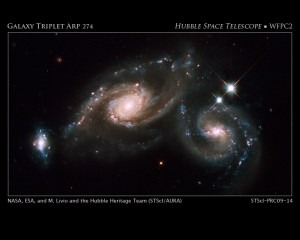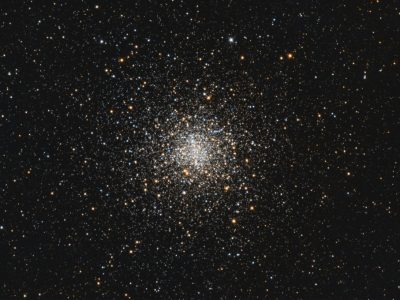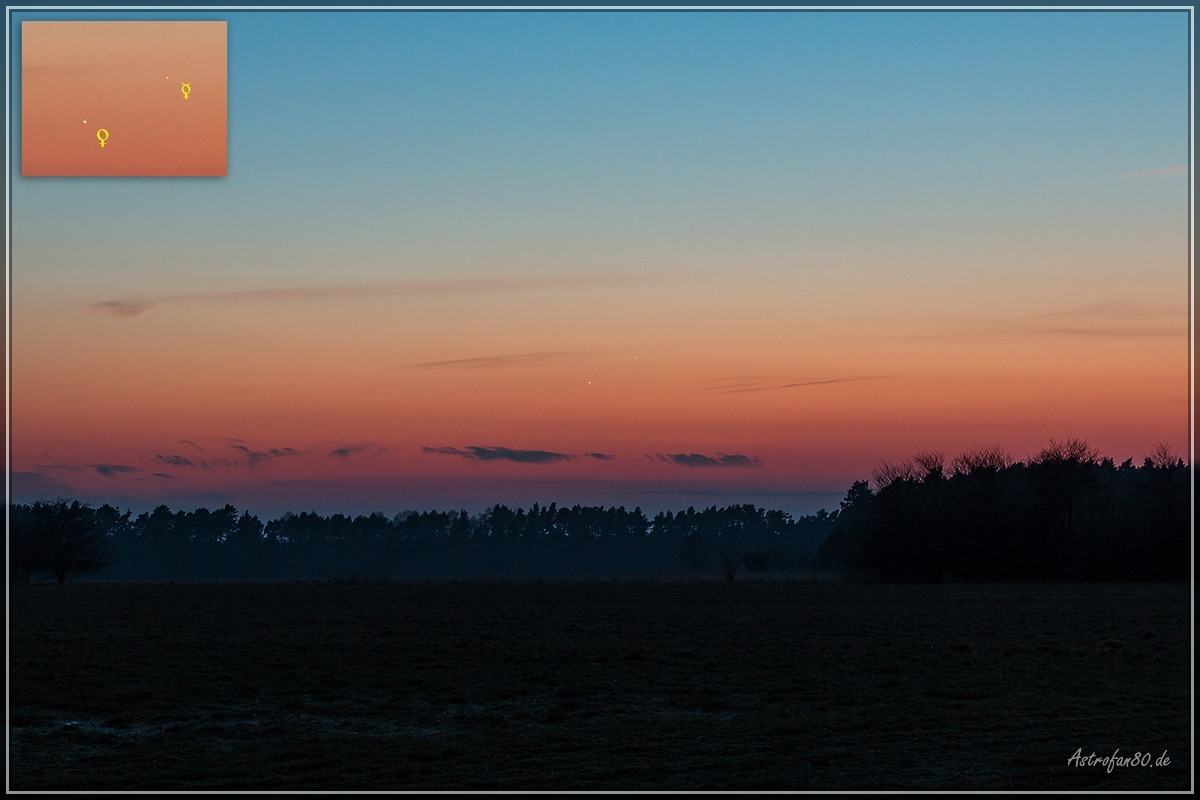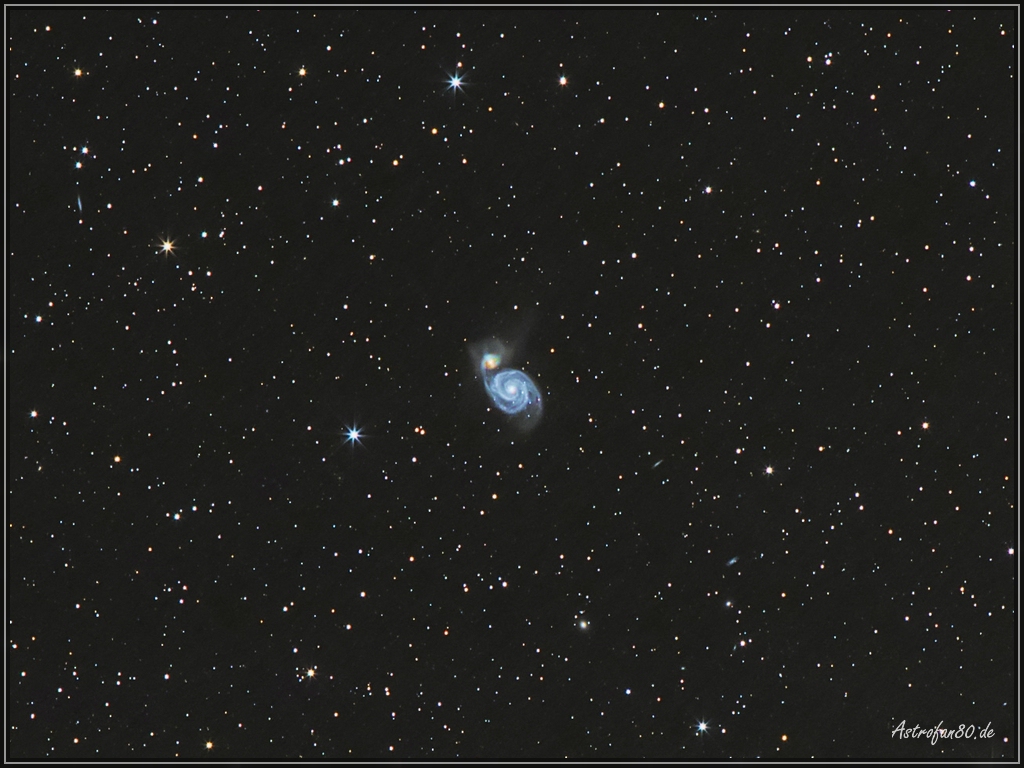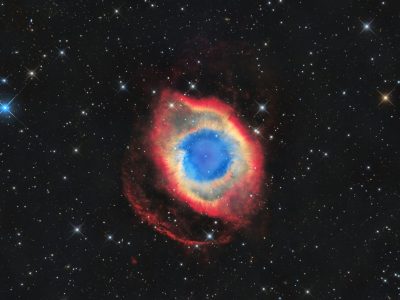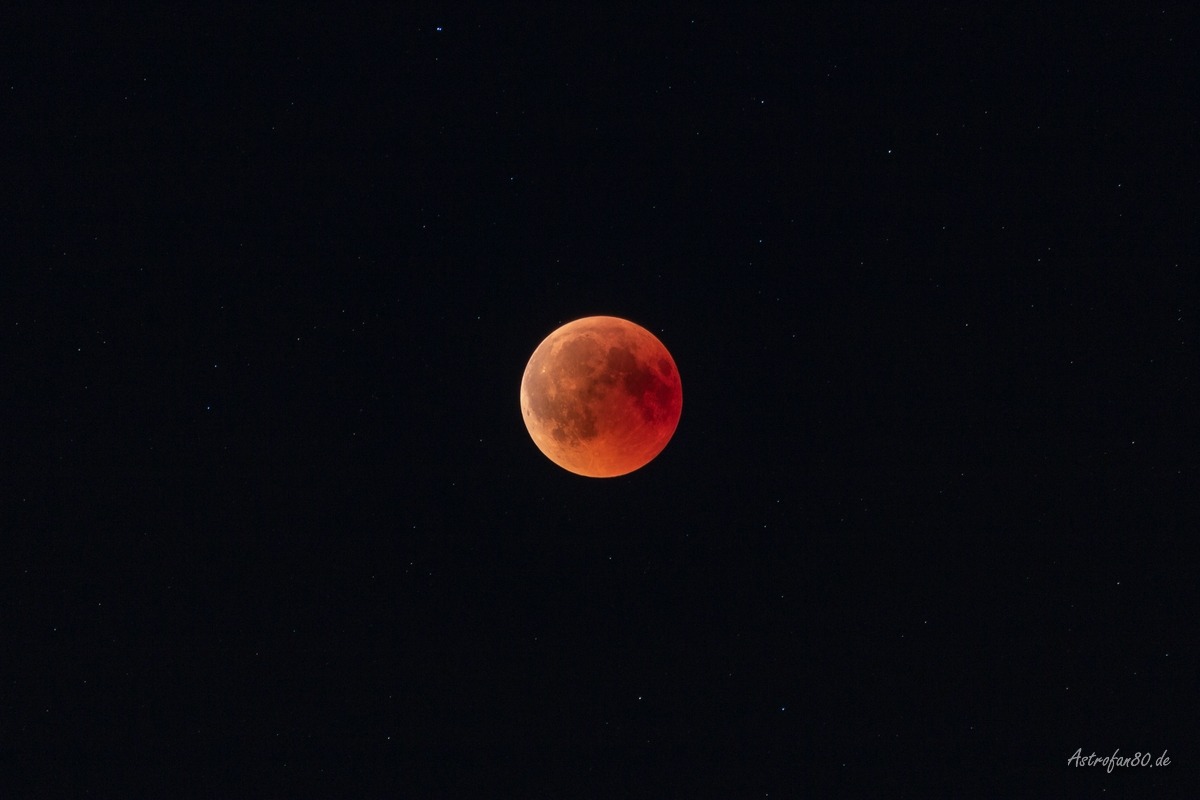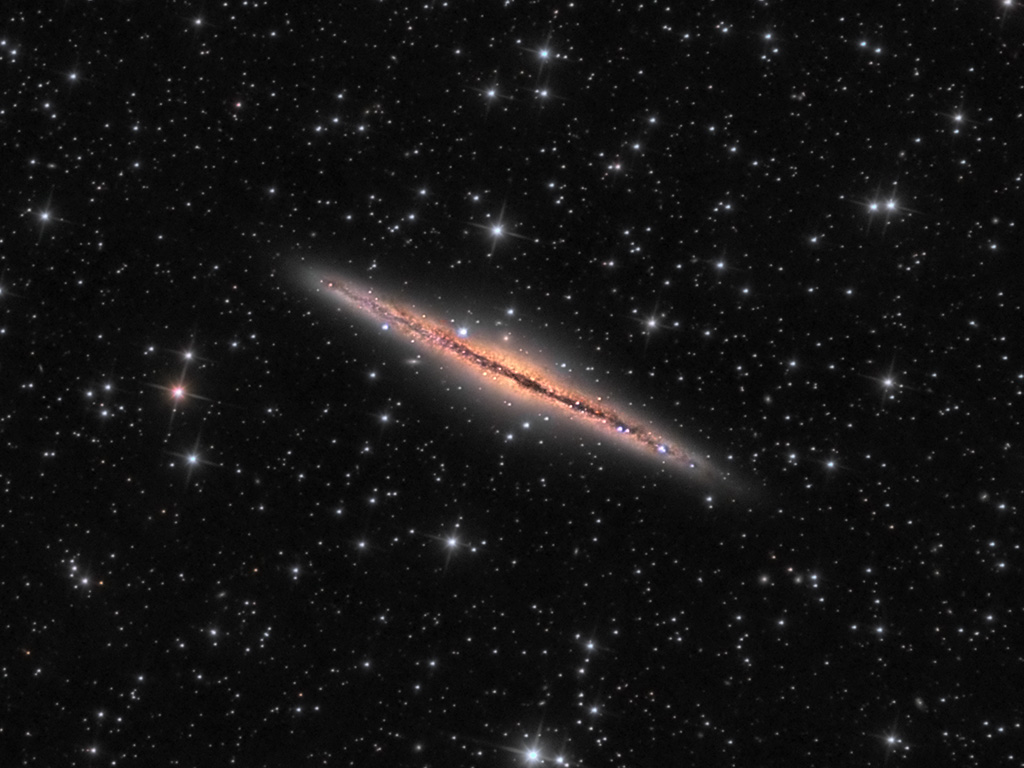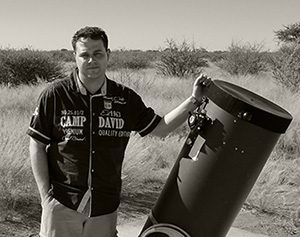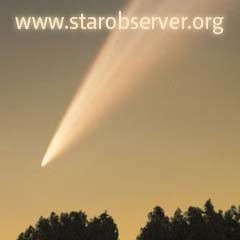Ende Januar 2009 hatte das Space Telescope Science Institute (STScI) zu einer Mitmachaktion aufgerufen, um im Rahmen der Aktion „100 Stunden Astronomie“ zum IYA 2009 das nächste Ziel für das berühmte Weltraumteleskop auszuwählen. Das wechselwirkende Galaxientriplet Arp 274 erhielt am Ende der Aktion 67.021 Stimmen von über 140.000 abgegebenen und konnte sich somit gegen sechs weitere Kandidaten durchsetzen. Wie versprochen lichtete Hubble das Siegerobjekt am 1. – 2. April mit der Wide Field and Planetary Camera 2 ab.
Das Dreiersystem Arp 274, bekannt auch als NGC 5679, liegt in einer Entfernung von rund 400 Millionen Lichtjahren (120 Mpc) im Sternbild Jungfrau (Virgo). Der Abstand zwischen dem linken und rechten Bildrand beträgt 2 Bogenminuten, was einer tatsächlichen Ausdehnung von rund 216.000 Lichtjahren entspricht.
Arp 274, also known as NGC 5679, is a system of three galaxies that appear to be partially overlapping in the image, although they may be at somewhat different distances. The spiral shapes of two of these galaxies appear mostly intact. The third galaxy (to the far left) is more compact, but shows evidence of star formation.
Two of the three galaxies are forming new stars at a high rate. This is evident in the bright blue knots of star formation that are strung along the arms of the galaxy on the right and along the small galaxy on the left.
The largest component is located in the middle of the three. It appears as a spiral galaxy, which may be barred. The entire system resides at about 400 million light-years away from Earth in the constellation Virgo.
Hubble’s Wide Field Planetary Camera 2 was used to image Arp 274. Blue, visible, and infrared filters were combined with a filter that isolates hydrogen emission. The colors in this image reflect the intrinsic color of the different stellar populations that make up the galaxies. Yellowish older stars can be seen in the central bulge of each galaxy. A bright central cluster of stars pinpoint each nucleus. Younger blue stars trace the spiral arms, along with pinkish nebulae that are illuminated by new star formation. Interstellar dust is silhouetted against the starry population. A pair of foreground stars inside our own Milky Way are at far right.
Quelle: Hubblesite.org






